It always seems that when someone says we can’t do something it makes us want to do it all the more. That’s exactly how travelers are feeling. The coronavirus has kept everyone from seeing the world and now more than ever, those with a travel bug are desperate to get back out there.
With the pandemic still very much under way, indoor sightseeing and travel destinations can still feel uncomfortable. However, the coronavirus has stirred a fire to see new places, even ones that you may have never heard of.
Nature travel is one of the best ways to explore that new adventurous spirit while also staying safe and social distancing. National parks are a great way to see so many beautiful things from a rare and endangered species to a beautiful sunset or waterfall.
Popular national parks are great, but it’s the ones that are a bit more niche, a bit more widely unknown that could give you the unique experiences you crave so badly. Below are five national parks that you may never heard of, but will desperately want to go to after reading.
Nahuel Huapi National Park
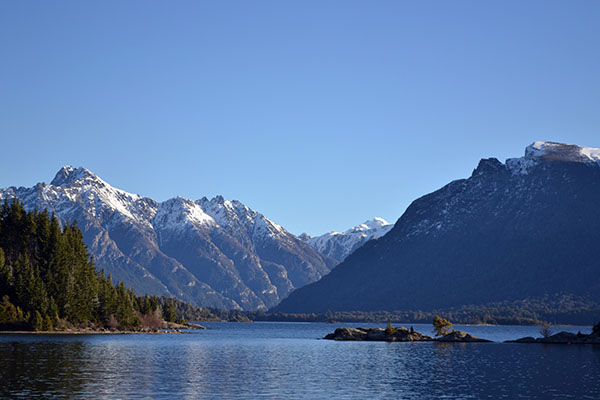
This national park is great for those who love to be active and adventurous with activities like skiing and rock climbing. Nahuel Huapi National Park is also a good destination for those that love cooler temperatures that come along with the varying terrain of the park.
Location: Río Negro and Neuquén provinces, Argentina
About: The first discovery of Nahuel Huapi National Park was during the conquest of Chile. Jesuit missionaries set up a mission along the lake during the colonial times. Then in the 1870’s and 1880’s Perito Morenos‘ explorations helped secure the area under Argentina control.
The national park started as a reserve in 1903 before becoming Argentina’s very first national park in 1934.
Activities: Here you can find glacial lakes, rainforests and waterfalls. This type of terrain is great for travelers who love hiking.
There are many other recreational activities that this park offers such as rafting, skiing, kayaking, mountain biking and rock climbing.
Biodiversity: The cold temperatures and varying altitudes have created a very diverse ecosystem. Xerophytic Patagonian flora is the signature of the eastern area while a vast rainforest dominates the western area of the park.
Some common animals include river otters, foxes, cougars, swans and the green-backed firecrown.
Sarek National Park
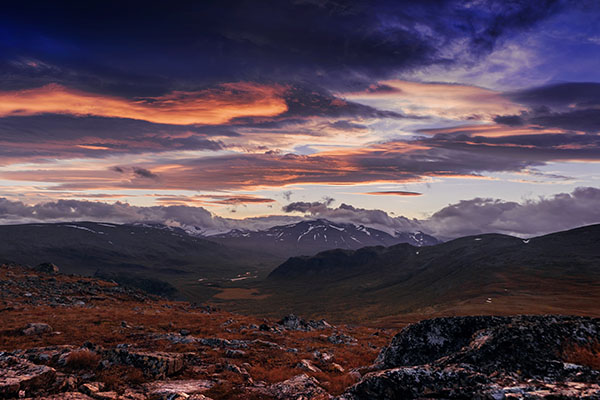
This is a great destination for the seasoned hiker who loves a challenge with the unpredictable weather and varying terrain. There may not be as many interesting species of flora as the altitudes don’t allow for such growth although visitors can still expect to see fascinating animals including the wolverine.
Location: Jokkmokk Municipality, Lapland, Sweden
About: Before this area was declared a national park, the first inhabitants were nomads from Northern Scandinavia. Reindeers were a big part of their hunter-gatherer lifestyle but there is evidence to show that they even domesticated some reindeer.
Carl von Linné was the first Swede to explore the mountains in 1732 and the area was later mapped by Gustaf Wilhelm Bucht.
Sarek National Park became Europe’s first national park in 1909. The park was declared a World Heritage Site in 1996.
Activities: Sarek National Park is a good destination for experienced hikers. Due to the rapidly shifting weather and rough terrain, it is not recommended for beginning hikers.
Biodiversity: There is not a wide diversity of wildlife in this area because of altitudes that are higher than growth-limits for some flora like conifers.
Some animals include bears, wolverines and lynx. For bird lovers you can expect to find willow warblers, bramblings, blue-headed wagtails in the verdant birch forests.
Find more things to do in Sweden >>
Virunga National Park
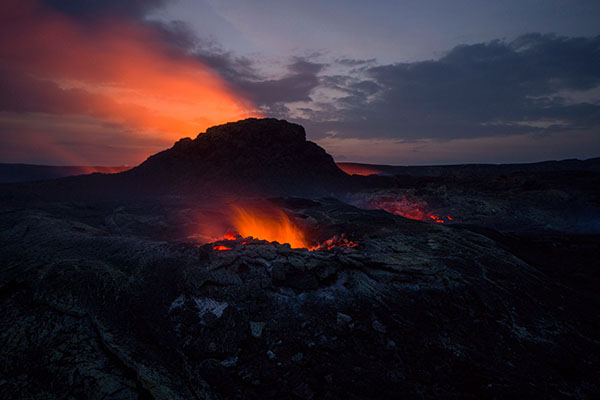
Virunga National Park is a great destination for those that love mountains and pushing themselves to reach their summits. This destination while great for those that love physical activity can also be great for those that love to experience nature in a slower way with a relaxing stay in lodges.
Location: Albertine Rift Valley, eastern Dominican Republic of the Congo
About: Virunga National Park is the oldest national park in Africa, founded in 1925. It’s purpose was initially to protect the mountain gorillas that were living in the forests. These creatures can only be found in the Virunga Massif and Bwindi, an area that covers parts of the Dominican Republic of the Congo, Uganda and Rwanda. They are now an endangered species. There are two active volcanoes in the park: Mount Nyiragongo and Nyamuragira.
Activities: Visitors can summit some of the mountains such as Mt. Nyiragongo. They can camp on a lava lake’s crater rim, go on a safari through the savannah and there are even lodges for a more relaxing, slow stay.
Biodiversity: This is the most biologically diverse national park in Africa. It has 218 mammal species which include elephants, hippos and lions. There are 706 bird species, 109 reptile species, 78 amphibian species and 22 primate species which includes the eastern lowland gorilla and the eastern chimpanzee.
Kluane National Park and Reserve
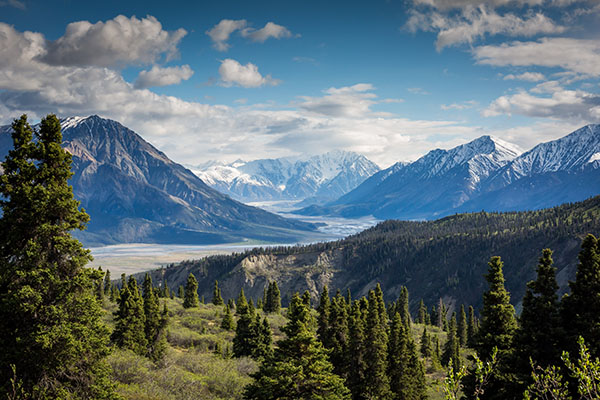
Kluane National Park is a great destination for those that love many different experiences that come with travel. There’s adventurous activities but also those like picnicking that can allow visitors to relax and absorb the beautiful nature around them.
Location: Yukon, Canada
About: The reserve has Canada’s tallest mountain and the largest non-polar icefields in the world.
Activities: Visitors can stay on camp grounds where they can boat, raft and picnic. Hiking is one of the more popular activities at Kluane National Park and Reserve.
Those who want a better vantage point of the beautiful park and reserve can take a flight tour and soar over the treetops and around the mountains.
Biodiversity: Travelers can expect to see include Dall sheep, mountain goats, wolves and grizzly bears. The park also contains 120 species of birds.
Sagarmatha National Park
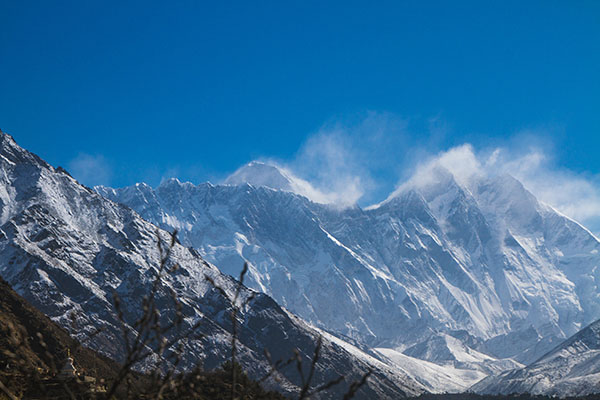
Sagarmatha National Park can boast that they are home to Mount Everest, one of the most well known and the tallest mountain in the world. This is a great destination for those that love hiking and exploring nature in a very hands on way.
Location: The Himalayas, eastern Nepal
About: The area became a national park in 1976 and in 1979 it became Nepal’s first national park that was declared a Natural World Heritage Site. Mount Everest, the tallest mountain in the world, dominates much of the park.
Activities: There are many activities for travelers such as visiting the Mount Everest base camp, hiking and riding in a helicopter around the park.
Biodiversity: The flora is broken up into upper and lower sections. In the lower section, travelers can expect to see birch, juniper and bamboo. In the upper section, the flora is dwarf-sized because of the high altitude and the restrictions that have on plant life.
The park is home to 118 bird species including the Himalyan monal, blood pheasant and red-billed chough. There are many rare mammal species such as the musk deer, snow leopard and red panda.
Haleakala National Park
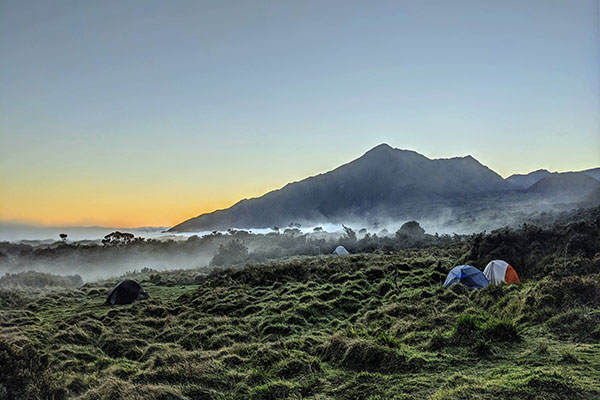
This is a great destination for bird lovers as there is a wide variety of species that visitors can find in the park. Haleakala National Park is also great for those that love hiking and walking premade trails and seeing volcanoes up close.
Location: Maui, Hawaii
About: The park was declared a national park in 1976 and was named after a dormant volcano. It was declared an International Biosphere Reserve in 1980.
Activities: Visitors can follow a maintained road up to Haleakalā Crater and the summit of the volcano. The summit of the volcano is a popular destination for tourists to watch the sunrise and sunset. Haleakala National Park is also one of the best places for amateur astronomy.
Biodiversity: There are over 850 species of plants that can be found in the park. There is great diversity in the plant life due to the variety in elevation and climate.
Many native birds live in the park such as the nēnē (Hawaiian Goose), the 'ua'u (Hawaiian Petrel), and 6 types of Native Hawaiian Forest Birds.
Find a national park you want to visit? Check to see if the country has reopened for international travel.
Want more well known national parks? Browse the Top 10 Best National Parks in the World


